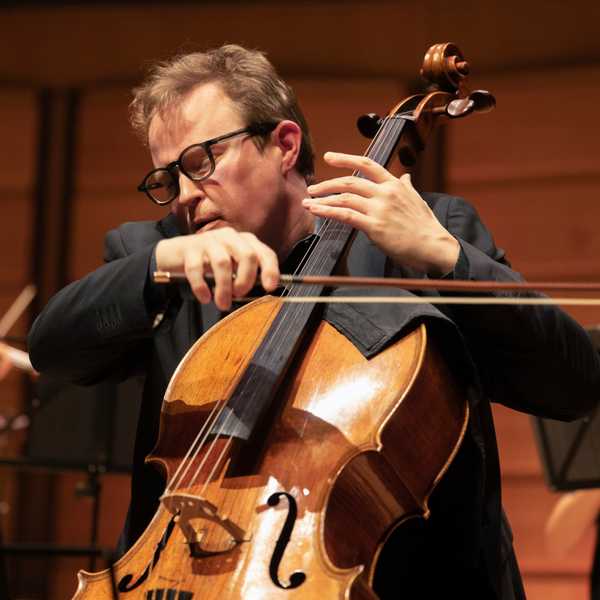Shares of Bitcoin have shot up in recent weeks and have showed no signs of slowing down.

Everyone is talking about it, everyone is trying to buy it, and most of all, everyone is trying to understand it.
Cryptocurrency is this year’s buzzword, and it has everyone from wall street to mum and dad investors, excited, confused, angry and intrigued.
According to some websites, there are 1,335 different cryptocurrencies in existence and chief amongst them is the original, Bitcoin.
At the start of the year you could buy a Bitcoin for a thousand bucks, now you are looking at eighteen thousand plus.
In the last day alone it has gone from around AUD$15,660 to AUD$18,316*. This has all the hallmarks of a bubble.
Bitcoin was founded by the mysterious Satoshi Nakamoto when in 2008 he released the white paper “Bitcoin: A Peer-to-Peer Electronic Cash System”. Not long after he released the first bitcoins and the accompanying software “version 0.1”.
Set up as a “A purely peer-to-peer version of electronic cash [that] would allow online payments to be sent directly from one party to another without going through a financial institution” it is viewed by its champions as a utopian vision of a monetary future.
What is it?
So, let’s go back and try to understand what this technology is.
To hear Dr Pip Ryan, Lecturer the faculty of law UTS and Founding member of the UTS Blockchain Creative Cluster, tell it, it sounds simple.
 “Cryptographically, there is ledger that everybody is storing on a network and they are all agreeing to move certain values with electronic transactions”
“Cryptographically, there is ledger that everybody is storing on a network and they are all agreeing to move certain values with electronic transactions”
“You get rid of the bank, you put it all onto a network and everybody agrees that there is going to be a certain value for each of these transactions.”
All the many cryptocurrencies use a technology called blockchain – and here is where it gets complicated – a transparent network which makes the currencies very safe according to Dr Ryan.
“What blockchain does is, it runs a series of cryptographic proofs every ten minutes on all prior transactions. And then the whole network can check and make sure that the network is doing what it is supposed to do, and there is no one misbehaving”.
A unit of the cryptocurrency must be “mined”. “Miners” solve intricate problems which allow the whole blockchain to move forward with a transaction.
And it can be a lucrative endeavour, miners traditionally are paid with full or part of the currency mined.
“It is an essential part of the whole process on a blockchain network”
“Miners are running computers that are calculating very complicated proofs to prove that everything just happened in the ten-minute block on the blockchain is correct, and nobody has tampered with it”.
Herein lies the key to blockchain’s appeal, it appears to be very difficult to commit the traditional types of fraud associated with financial markets and currency.
Dr Ryan sees cryptocurrencies rise as a reactionary measure to recent world events. “It’s a post GFC story, the philosophical foundations are an anti-bank story.”
Dismayed that the banking world was not brought into line after the financial crisis, cryptocurrency is a utopian dream.
Listen to the full interview with Dr Pip Ryan Below:
Nowhere
Much like More’s utopia, cryptocurrencies have their problems, which may stymy its progress.
The financial manipulation of it as a commodity is a problem, and something that makes Australian regulators uneasy, and the traditional “pump and dump” strategy of the stock market is easily applied here.
There also a surprising environmental issue to consider. The blockchain and mining of cryptocurrency is highly inefficient, and the power consumed is equivalent to the energy used to power the republic of Ireland.
Another concern is the technology itself, there is a feeling that the blockchain itself may be more vulnerable than it seems. And with leaps in quantum computing and the onset of Artificial intelligence, the seemingly safe technology could be open to hacking.
However, the main issue consuming Bitcoin enthusiast is the potential for shares to collapse. This volatility is the impediment to cryptocurrency becoming a viable currency alternative.
“It’s a bubble, no question that is what we’re seeing”
“Economists will tell you there are 5 features that a good currency must have for it to operate as an alternative to say, an Aussie dollar and one of them is that its value must remain stable, at the moment this is the problem with cryptocurrency”.
Like all advances in technology or innovation, fear of the unknown is perhaps worse than fear of the innovation itself. We cannot foresee how the crypto craze will pan out.
But if nothing else, Dr Ryan hopes it may cause a change in the attitudes of the financial institutions who seem to be constantly embroiled in controversy.
“If it causes the banks to pause a little bit and think to themselves ‘what have we been doing wrong that has led to this?’. Maybe they need to check some of their practises and start thinking about the customers”.
In Thomas More’s Utopia, the fictitious Utopians had no need for money, gold or silver. We may yet be heading that way, but cryptocurrencies have a way to go.
*All rates mentioned here are as of Thursday 7th of December 2017
Share "The Cryptic Craze"
Copy










